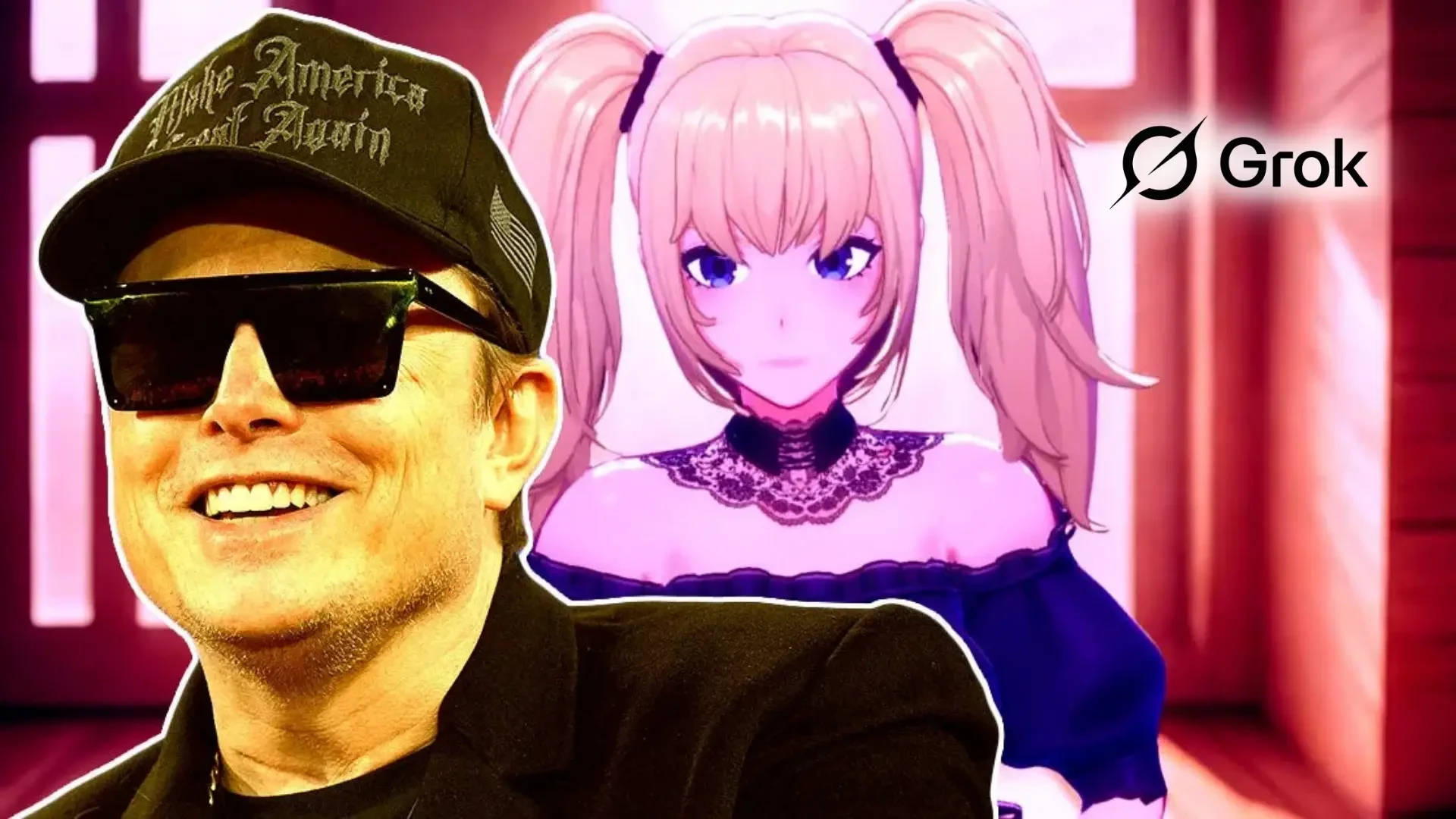Le Bigscreen Beyond 2 prétend révolutionner la réalité virtuelle avec son suivi oculaire et son scan facial, mais soyons honnêtes : c'est une farce ! La légèreté de cet appareil est une blague, et ne compense pas ses défauts majeurs. Comment peut-on accepter une technologie qui, au lieu de nous plonger dans un monde virtuel immersif, nous laisse frustrés par des performances médiocres ? Les promesses de réalité virtuelle évoluant rapidement sont vaines si les géants de l'industrie continuent de sortir des produits bâclés. Nous méritons mieux que ces gadgets qui ne sont que des attrapes-nigauds.
#BigscreenBeyond2 #RéalitéVirt
#BigscreenBeyond2 #RéalitéVirt
Le Bigscreen Beyond 2 prétend révolutionner la réalité virtuelle avec son suivi oculaire et son scan facial, mais soyons honnêtes : c'est une farce ! La légèreté de cet appareil est une blague, et ne compense pas ses défauts majeurs. Comment peut-on accepter une technologie qui, au lieu de nous plonger dans un monde virtuel immersif, nous laisse frustrés par des performances médiocres ? Les promesses de réalité virtuelle évoluant rapidement sont vaines si les géants de l'industrie continuent de sortir des produits bâclés. Nous méritons mieux que ces gadgets qui ne sont que des attrapes-nigauds.
#BigscreenBeyond2 #RéalitéVirt
1 Kommentare
·0 Geteilt




